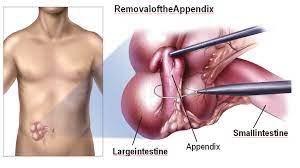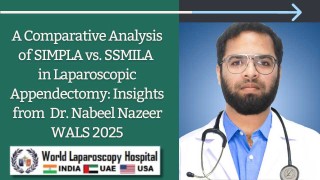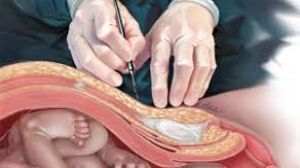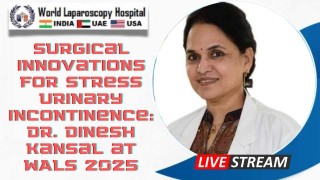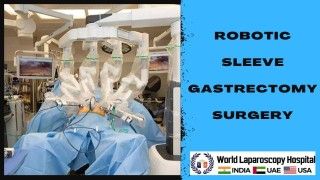Laparoscopic Port Closure Technique
Add to
Share
382 views
Report
2 months ago
Description
Laparoscopic surgery has revolutionized modern surgery by offering minimally invasive procedures with reduced patient morbidity, faster recovery, and smaller scars. One critical step in laparoscopic surgery that often receives less attention but is essential for patient safety is port closure. Proper closure of laparoscopic ports prevents complications such as port-site hernias, bleeding, and infection. Importance of Proper Port Closure While laparoscopic incisions are small, typically 5–12 mm, inadequate closure can lead to serious postoperative complications: Port-site hernia: More common with larger ports (≥10 mm). Bleeding: Especially from subcutaneous vessels at the port site. Infection: Poor closure can increase the risk of port-site infections. Cosmetic issues: Improper closure may cause noticeable scarring or skin irregularities. Types of Laparoscopic Ports Understanding the type of port is important for closure technique: Bladed ports: These create a clean incision in the fascia; closure is generally required for ports ≥10 mm. Bladeless/Optical ports: They separate tissue rather than cutting, sometimes allowing fascial closure to be avoided for smaller ports (<10 mm). Techniques of Port Closure Suture Closure Techniques Direct Fascial Closure: A suture is passed through the fascia under direct vision using a standard needle. Often used for 10–12 mm ports. Ensures a secure closure of fascial layers. Suture Passers / Port Closure Devices: Specialized instruments such as the Endoclose or Carter-Thomason device allow safe closure of the fascial defect under laparoscopic guidance. Reduces risk of bowel or vessel injury. Technique: The device is inserted through the port incision; the suture is passed through the fascia and retrieved to secure closure. Laparoscopic-Assisted Closure The laparoscope is reinserted after removal of the port to visualize the closure from inside the abdomen. Ensures the needle doesn’t injure intra-abdominal organs. Particularly useful for obese patients or difficult anatomical locations. Z-Suture or Figure-of-Eight Technique Provides additional strength in larger port sites. Helps reduce the risk of port-site hernia in patients with weak fascia or high intra-abdominal pressure. Skin Closure After fascial closure, the skin is closed using absorbable sutures, adhesive strips, or subcuticular sutures. Proper skin approximation improves cosmetic outcomes and reduces infection risk. Tips for Safe Port Closure Always inspect the port site for bleeding before closure. Ensure fascial edges are well-approximated, particularly in ports ≥10 mm. Avoid excessive tension to prevent tissue ischemia. Use laparoscopic guidance in high-risk cases (obese patients, upper abdominal ports). Document the closure technique in surgical notes for medico-legal safety. Conclusion The laparoscopic port closure technique is a vital component of minimally invasive surgery that ensures patient safety and reduces postoperative complications. Surgeons must choose the appropriate closure method based on port size, patient factors, and available instruments. Mastery of this technique contributes to the overall success and safety of laparoscopic procedures.
Similar Videos

